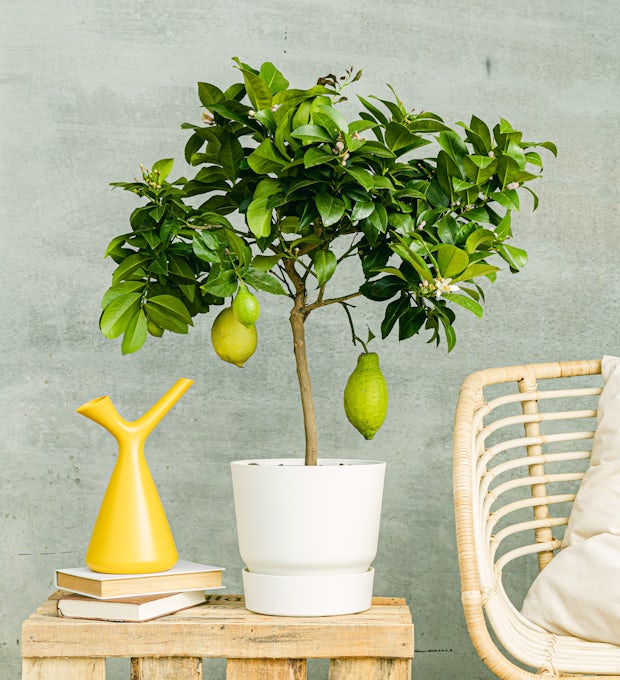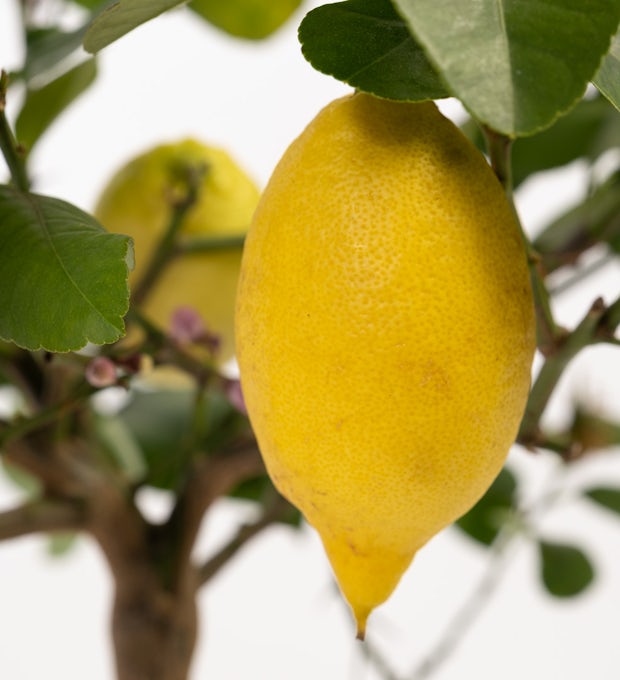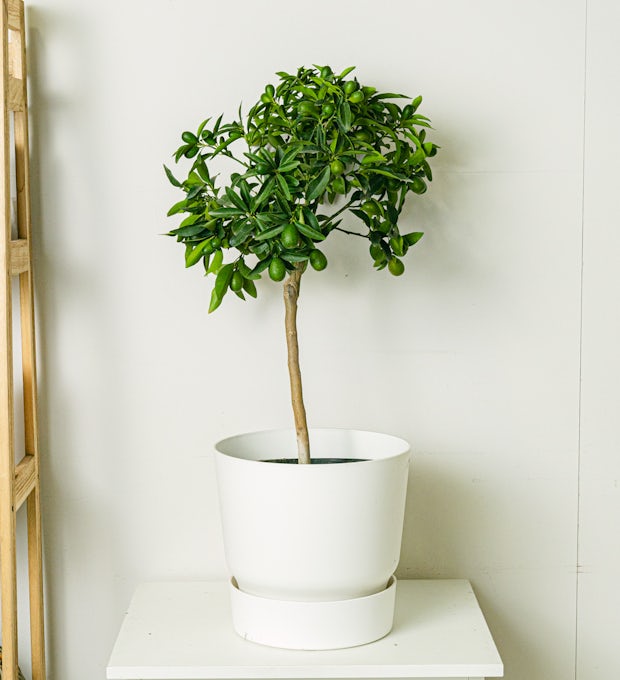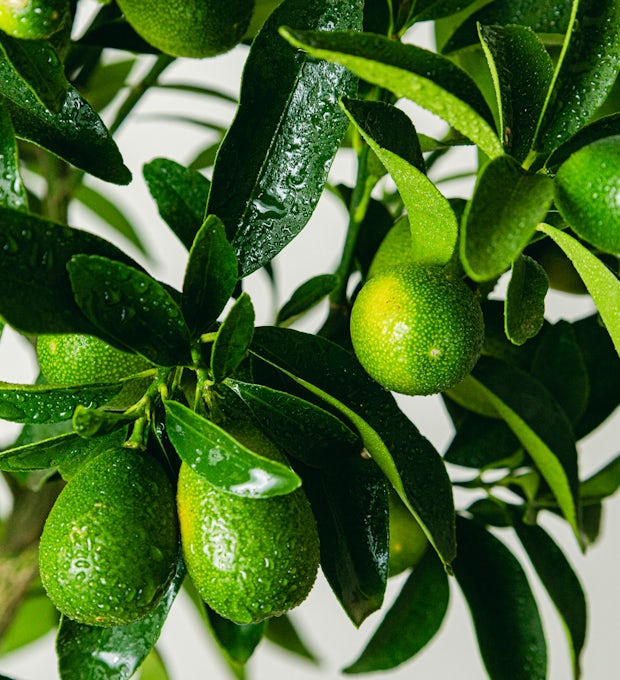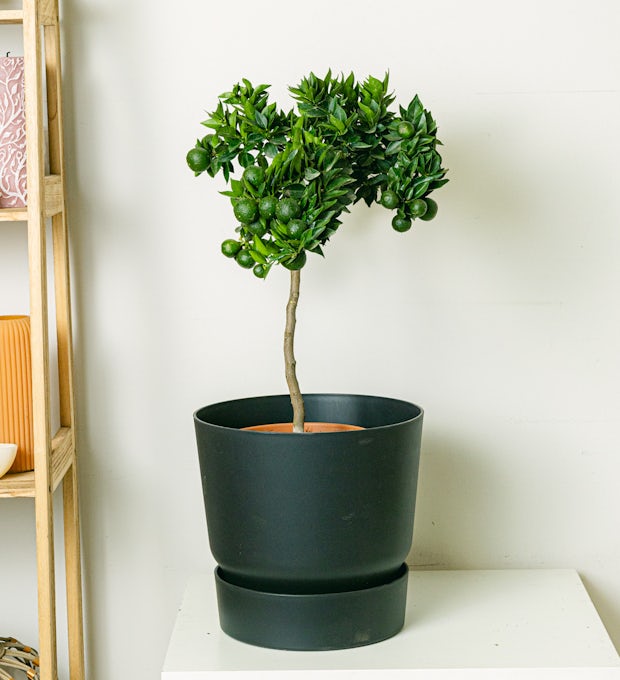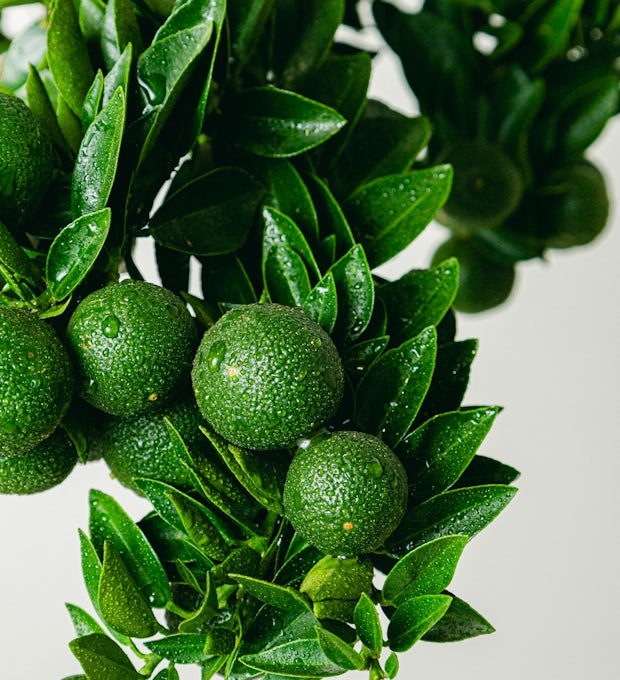If you're thinking about having a fruit orchard at home, it's important to choose the right trees to ensure a successful harvest. In this article, we'll give you practical tips on how to select the perfect fruit tree for your vegetable garden. From identifying the amount of sunlight available to knowing the importance of soil quality, to learning which trees are ideal for dry or wet climates and which require little water. We'll also explain how to choose trees based on the size of your vegetable garden and the care needed to keep them healthy. Don't miss this complete guide to enjoying your own fresh fruits at home!
Identify the amount of sunlight available
To choose the perfect fruit tree for your vegetable garden, it's essential that you identify the amount of sunlight available in the area where you're planting it. Most fruit trees need at least six hours of daily sunshine to thrive and produce a bountiful crop. Therefore, it is important that you observe your vegetable garden for a full day to determine the areas that receive the most sunlight. If you have shady areas, you may need to choose fruit trees that tolerate a lack of sunlight or consider pruning the branches of nearby trees to allow more light into your orchard. Also, keep in mind that the amount of sunlight available can also vary depending on the season of the year and the geographic location of your vegetable garden. For example, if you live in an area with long, dark winters, you may need to choose fruit trees that are cold-hardy and able to grow in less sunlight. In summary, identifying the amount of sunlight available is an important step in selecting the perfect fruit tree for your vegetable garden and ensuring you have a healthy and bountiful harvest.
The Importance of Soil Quality
Soil quality is a crucial factor for the growth and development of fruit trees. Soil rich in nutrients and organic matter provides ideal conditions for tree roots to absorb the nutrients needed for healthy growth. Additionally, well-drained soil is critical to prevent root rot due to excess moisture. On the other hand, soil poor in nutrients and organic matter can cause growth and yield problems in fruit trees. In this case, it is recommended to enrich the soil with compost or organic fertilizer before planting the fruit trees. It is also important to consider the pH of the soil, as some fruit trees prefer more acidic soils while others prefer more alkaline soils. To determine soil pH, a pH test kit can be used or a sample of the soil can be taken to a specialized laboratory. In summary, soil quality is a key aspect to consider when choosing and maintaining healthy and productive fruit trees.
We ship plants to all locations, you can see more options here.
Fruit Trees for Dry and Wet Climates
Fruit trees are an excellent addition to any vegetable garden, but it's important to choose the right species based on the climate your garden is in. For dry climates, it is critical to opt for trees that are drought resistant and can survive with little water. Some ideal choices for these climates include apricot, pomegranate, and fig. These species are known for their ability to adapt to dry conditions and for requiring moderate irrigation. On the other hand, for humid climates it is important to select trees that can withstand high levels of humidity and rainfall. Among the species recommended for these climates are the orange, lemon and mango trees. These trees are known for their resistance to moisture-related diseases and for requiring more frequent watering. It is essential to consider the climatic characteristics of your region when choosing fruit trees for your orchard, as this will ensure their survival and allow for a successful harvest.
We ship plants to all locations, you can see more options here.
How to Choose Fruit Trees Based on the Size of Your Orchard
When choosing fruit trees for your orchard, it's important to consider the size of your garden. If you have a small vegetable garden, it's a good idea to opt for trees that don't grow too tall, such as dwarf citrus or fruit shrubs. Not only are these trees easier to manage and harvest, but they also take up less space. If your vegetable garden is medium-sized, you can opt for trees that grow a little larger, such as apple or pear trees. These trees can grow up to 4 meters tall, but can be pruned to keep their size under control. On the other hand, if you have a large vegetable garden, you can choose larger trees such as peaches or plums. These trees can grow up to 6 meters tall and require more space for proper growth.
It's important to note that while the size of the tree can be important when choosing, you should also consider other factors such as the amount of sunlight available and the quality of the soil. It's essential to research the different varieties of fruit trees and their specific requirements to make sure you're making the best decision for your orchard. Additionally, it is always advisable to consult with an expert or a local nursery before making any purchases. This way, you can get valuable tips on how to choose the best fruit trees for your orchard based on their size and other important factors.
Fruit trees that require little water
When it comes to choosing fruit trees for your vegetable garden, it's important to consider those that require little water. This can be especially relevant in water-scarce areas or in regions where irrigation may be limited. By selecting water-efficient fruit trees, you can ensure that you maintain a balance between caring for the environment and producing tasty, healthy fruit. Some ideal choices include citrus trees, such as lemon and orange trees, which are known for their drought resistance. Another fruit tree that requires little water is the pomegranate tree, whose deep roots allow it to absorb moisture from the soil efficiently. In addition, olive trees are an excellent choice for dry climates, as they are very hardy and can survive with minimal amounts of water. By choosing these water-efficient fruit trees, you will not only be reducing the use of natural resources, but also ensuring a successful harvest in less favorable conditions. Remember that even though these trees need less water, it's still important to provide them with adequate watering during extended periods of drought to keep them healthy and productive.
Care Needed to Keep Your Fruit Trees Healthy
To keep your fruit trees healthy, it's essential to give them the necessary care. First of all, you need to make sure that you provide them with proper and regular watering. The amount of water they require varies depending on the type of fruit tree and the weather conditions in your region. It is important to avoid overwatering, as it can cause root rot and fungal diseases. In addition, it is advisable to use irrigation techniques such as drip irrigation to ensure an even distribution of water.
Another crucial aspect is the regular pruning of fruit trees. Pruning helps maintain its proper shape and size, as well as promote healthy growth and good fruit production. It is important to prune at the right time, usually during the tree's dormant season, to avoid damaging it.
In addition, you should be aware of possible pests and diseases that can affect your fruit trees. Perform regular inspections to identify any signs of infestation or disease, such as leaf spots or the presence of insects. If you spot any problems, look for organic solutions or consult a gardening specialist.
Finally, don't forget to fertilize your fruit trees properly. Use organic fertilizers or specific fertilizers for fruit trees, following the manufacturer's instructions. regular fertilization will help ensure healthy growth and good fruit production.
In summary, the care needed to keep your fruit trees healthy includes proper watering, regular pruning, pest and disease control, and proper fertilization. By following these practical tips, you can enjoy vigorous fruit trees and a bountiful harvest in your orchard.
Successful Harvest: When and How to Harvest Your Fruits
Harvest is the most anticipated time for fruit growers, but how do you know when it's the right time to harvest? The ripeness of the fruit is critical in determining the timing of harvest. Each type of fruit has its own indicator of ripeness, such as color or texture. For example, apples should be harvested when their skin becomes shiny and smooth, while pears should be picked before they are fully ripe and soft. In addition, it is important to harvest at the right time of day. Fruits should be picked early in the morning or late afternoon, when the temperature is cooler and the fruits are less exposed to the sun.
Another important factor is how to harvest the fruits. Care should be taken when handling fruits to avoid damaging them or causing them to rot. Fruits should be picked carefully, avoiding squeezing them too tightly or throwing them on the ground. It is advisable to use clean, sharp scissors or knives to cut the fruits from the tree. In addition, it is important not to leave fallen fruits on the ground, as they can become contaminated with bacteria and other pathogens.
In summary, for a successful harvest it is important to know the maturity indicator of each type of fruit, to pick at the right time of day and to handle them with care. With these tips, you'll be able to enjoy your own fresh, healthy fruits right from your garden.
Choosing the perfect fruit tree for your vegetable garden is not an easy task, but with these practical tips on light and water, you can make the best decision. Remember that the amount of sunlight available, soil quality, and climate are all important factors to consider. In addition, you should consider the size of your orchard and the care needed to keep your fruit trees healthy. Once you've chosen your fruit trees, make sure you harvest them at the right time for a successful harvest. But beyond this, let's reflect together on the importance of growing our own food and how we can contribute to creating a more sustainable and conscious world. What can we do to encourage urban agriculture and growing food in our homes? How can we teach future generations the importance of taking care of our planet and promoting sustainable practices? Choosing the perfect fruit tree is just the beginning of a path to a healthier and more sustainable life
